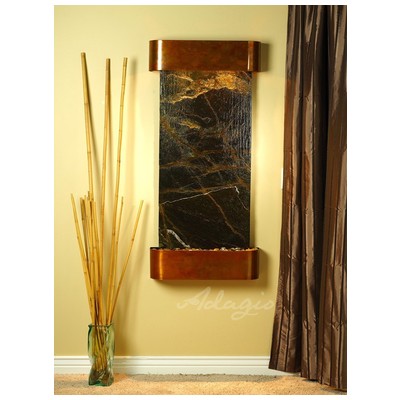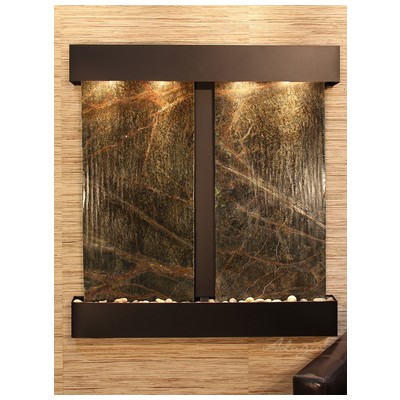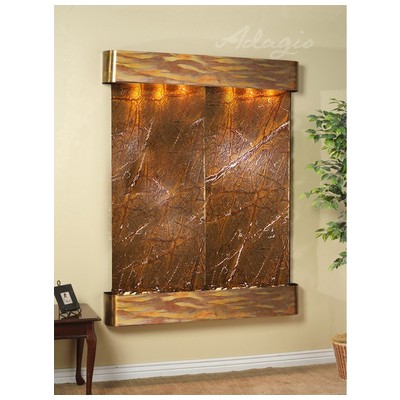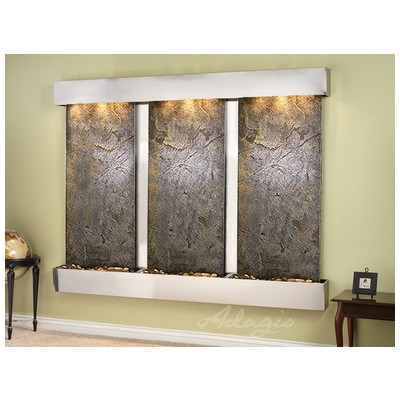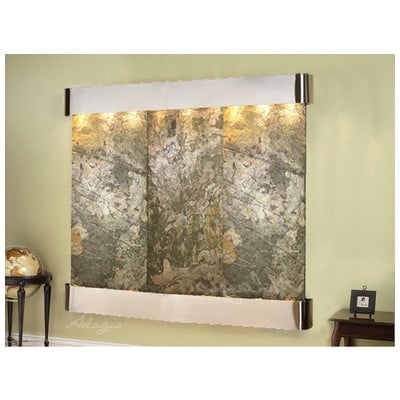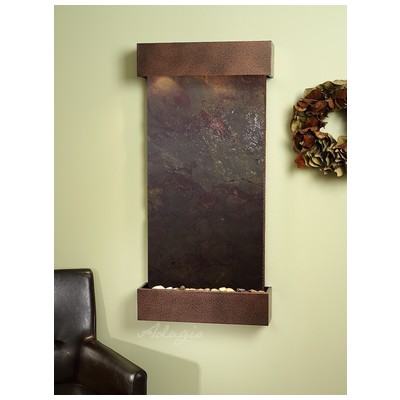Everyone needs to take some quiet time to themselves every so often. Whether it’s winding down after work, taking a break between chores, or giving yourself a moment during the day, nothing beats a small vacation from daily life. A way to incorporate this into your life and routine is by creating a meditation room. Having a space dedicated to quiet and reflection in your home makes it easier to make time to decompress.
What is a Meditation Room?

A meditation room is a quiet area with no distractions where you can sit, stretch, and reflect. The purpose of a meditation room is to just be in the space. Even when not using it, its presence reminds you to take a breather and calm down. Some people like to do yoga, breathing exercises, and other mindfulness activities during meditation. But it’s enough to be still and contemplate the moment to achieve a relaxing effect.
Qualities of a Meditative Space

There is no one way a space like this has to be; there isn’t just one way to meditate and practice mindfulness. For some, a meditation room can be a formation of comfy chairs around an ottoman or coffee table. For others, simple floor pillows facing a focal point like wall art suffice. Visual, tactile, auditory, and aromatic elements can also contribute to the calming environment. Nearby plants and animals, a soft sitting surface, a burbling fountain, and good smells from candles. Most meditation rooms take a minimalist approach to decor; you’ll have fewer total items in the room, and should choose each one thoughtfully.
Where Do I Put a Meditation Room?

If you have a formal dining room in your house, when was the last time you used it? I’m not asking out of judgement. In my home we tend to eat meals in the kitchen area or out in the living room; our dining table is essentially a junk holder. Sound familiar? It might be time to scrap the table, put down some sitting pillows, and repurpose your dining room. Reinventing underused rooms is not only a way to get more out of your home, but can also help you step outside your regular daily routine and reframe your perspective.
Shop Settees and Chaise Lounges:
What If I Don’t Have A Spare Room?

A dining room isn’t the only space that can become a meditation room. In fact, a meditation “room” is rarely a large area: a reading nook, garage, home library, closet, front porch, deck, basement, or other spaces can all function as a personal meditative corner. As long as you can create a quiet, minimal space full of either natural or mood lighting and a little comfort in the form of chairs or cushions, anywhere in the house can be your new meditation room. Outside areas can also make good meditative spaces, with the added benefit of a peaceful, natural environment and fresh air.

Meditation rooms allow you to rescue yourself from everyday living and practice mindfulness more easily. Through self-reflection, peace and quiet, yoga, or other meditation, you can center yourself and unwind in your own home.
Shop Indoor Fountains:


